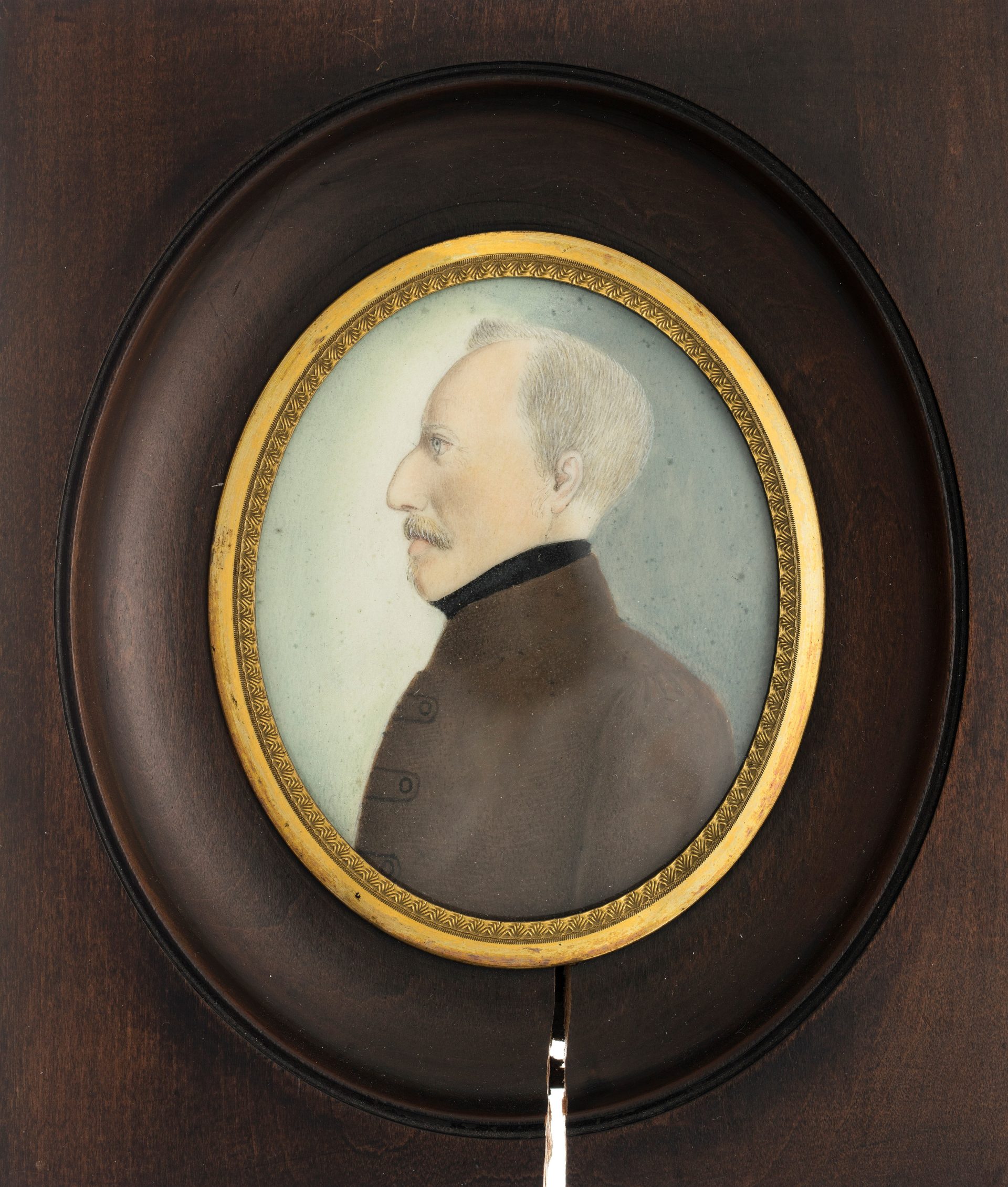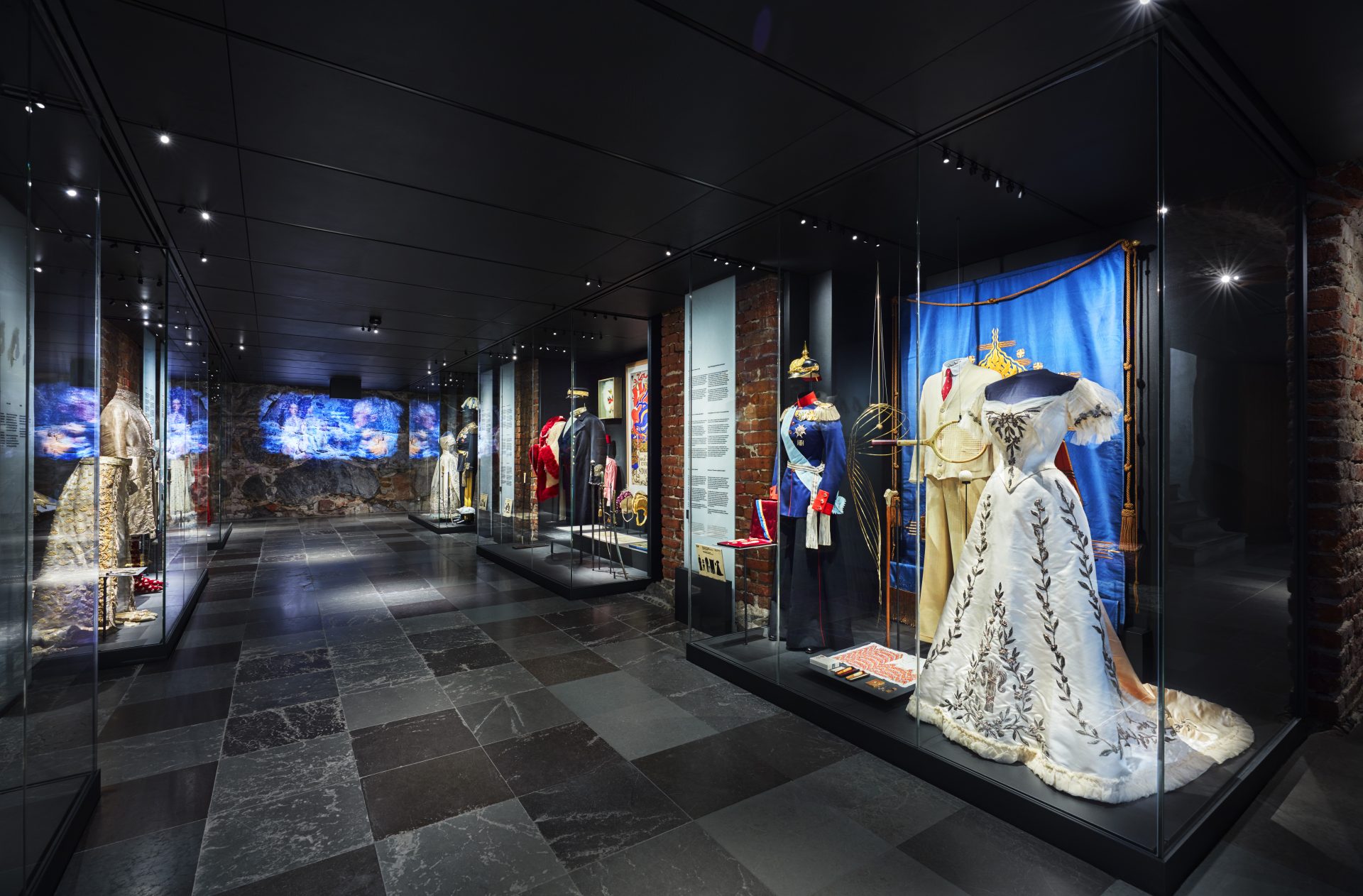
The age of liberty and revolutions

The Age of Liberty
For the first two thirds of the 18th century, known in Sweden as the Age of Liberty, the regents Fredrik I and Adolf Fredrik faced different conditions than previous kings. A new constitution, the privy council and parliament restricted the power of the monarchy. What came into force was a so-called polyarchy. But the monarchy was the accepted form of government, with great symbolic significance and magnificent ceremonies
Betrothal for peace
Crown Prince Gustav (III) and Princess Sofia Magdalena of Denmark were just five years old when they were betrothed. They married in 1766, at the age of 20, in the Royal Chapel of the Royal Palace. Behind the union lay hopes to strengthen Danish-Swedish relations.


The Coup of Gustav III
Gustav III wanted to strengthen the power of the monarchy. On 19 August 1772, he therefore carried out a bloodless coup. He himself called it “a revolution for the country’s ancient freedom”, but it was a step toward new autocracy, as the King gathered more power in his hands. The coup ushered in the period in Swedish history known as the Gustavian Era.
Gustav III wanted to rule as an enlightened despot, with reforms and active cultural policy. Among other things, he abolished torture, limited the death penalty and introduced religious freedom for foreign citizens. The King was also interested in the theatre, and he both wrote plays and performed.
The autocracy imposed by Gustav III gradually increased political discontent, even in the King’s immediate circle of noblemen. The power of the nobility was threatened, at the same time as commoners had been given the right to hold higher office and buy noble land free of taxation. It all came to a head at a masquerade ball at the Royal Swedish Opera in Stockholm on 16 March 1792.

The King was surrounded by several masked men. One of them pulled a gun from his inner pocket. The King was shot in the back and injured so seriously that he died 13 days later. The attack had been planned by a group of disgruntled noblemen. The name of the perpetrator was Jacob Johan Ankarström.

Sweden loses its King and Finland
Gustav III’s son, Gustav IV Adolf, was underage at the time of his father’s death. A regency government, with Gustav III’s brother Prince Karl as regent, ruled until 1796, when the King came of age. During the so-called Finnish War of 1808-1809, Sweden went to war against Russia. Gustav IV Adolf led the Swedish combat forces, but did not enjoy the confidence of the military. The conflicts resulted in a group of military personnel, led by Major General Carl Johan Adlercreutz, imprisoning the King on 13 March 1809. The King was formally deposed on May 10.
The peace treaty with Russia saw Sweden lose Finland, which had been the eastern half of the kingdom for nearly 700 years.
Gustav IV Adolf of Sweden and his family fled Sweden at the end of 1809. The former King adopted the name of “Colonel Gustavsson” and went on to live a roving and scandalous life in Europe. After 28 years in exile, he died of an apoplectic fit in 1837 at an inn known as Zum Weissen Rössli (“The White Horse”) in the Swiss town of St. Gallen.





